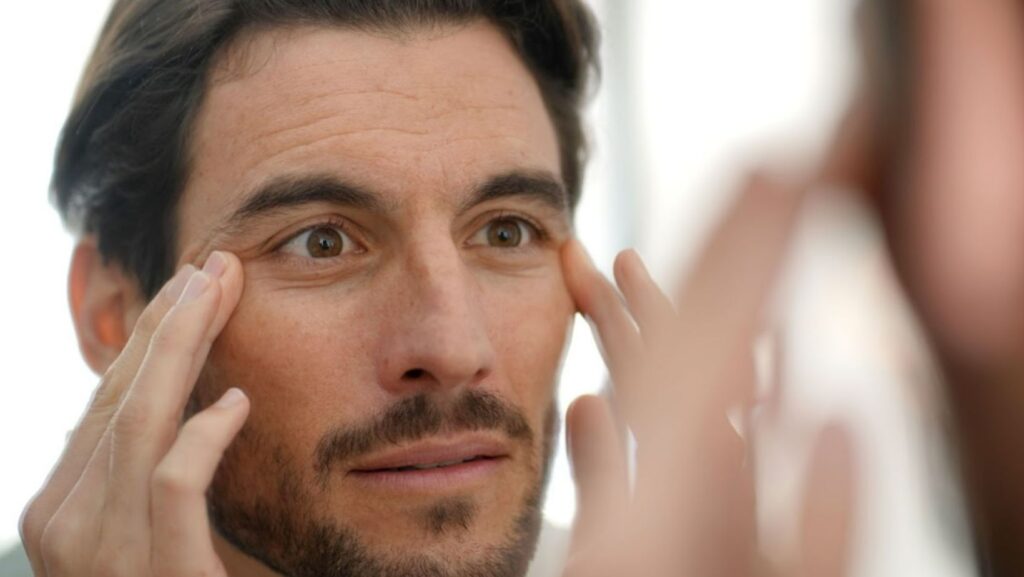
Skincare isn’t just about maintaining a youthful glow; it’s about nurturing the health and vitality of your largest organ. From combating the signs of aging to addressing skin concerns, innovative treatments have emerged to help us put our best face forward. One such treatment generating significant buzz is fractional skin resurfacing.
In this article, we’ll explore the science behind fractional skin resurfacing, examining its unique mechanism of action and how it can rejuvenate your skin from the inside out. We’ll discuss its key benefits, address a range of common skin concerns, and outline essential considerations to help you make an informed decision about whether this treatment is right for you.
Let’s take a closer look at the transformative potential of fractional skin resurfacing.
How Fractional Skin Resurfacing Works
Fractional skin resurfacing is a non-invasive cosmetic procedure that targets specific areas of the skin, leaving surrounding tissue untouched. This approach differs from traditional skin resurfacing methods, which often treat the entire skin surface, leading to longer recovery times. Fractional resurfacing offers a gentler alternative with quicker healing and reduced risk of complications.
The procedure utilizes lasers to create microscopic wounds in the skin’s top layer. These controlled injuries stimulate the body’s natural healing process, promoting collagen and elastin production. As new, healthy skin cells regenerate, the skin’s texture and tone improve, effectively reducing the appearance of fine lines, wrinkles, scars, and uneven pigmentation.
Various types of fractional lasers are used for skin resurfacing, categorized as ablative or non-ablative. Ablative lasers remove a thin outer layer of skin, while non-ablative lasers penetrate deeper without removing the surface. The choice of laser depends on the individual’s skin type, concerns, and desired outcome.
For those experiencing such skin problems, facial resurfacing Venice offers a viable solution. Consulting with a qualified dermatologist or aesthetic professional is crucial to determining the most appropriate course of action for your skin rejuvenation journey.
Benefits of Fractional Skin Resurfacing
Fractional skin resurfacing offers a multitude of benefits for those seeking to revitalize and enhance their skin’s appearance.
Smoother skin
One of the most sought-after benefits of fractional skin resurfacing is its ability to improve skin texture and tone. By targeting microscopic areas of the skin, the laser stimulates collagen production, which plumps and firms the skin, smoothing out fine lines and wrinkles. Additionally, the procedure can help to even out rough patches and reduce the appearance of pores, resulting in a more refined and polished complexion.
Addressing Imperfections
Fractional skin resurfacing is also highly effective in treating various skin imperfections. Acne scars, surgical scars, and other types of scars can be significantly minimized through the controlled wounding and healing process induced by the laser.

Sun damage, age spots, and uneven pigmentation can also be addressed, leading to a more uniform and brighter skin tone.
Long-Term Skin Health
The benefits of fractional skin resurfacing extend beyond the immediate improvement of skin imperfections. By stimulating collagen production, the procedure promotes long-term skin health and elasticity. Collagen is a crucial protein that provides structural support to the skin, and its production naturally declines with age. Fractional resurfacing helps to counteract this decline, leading to increased skin firmness and resilience over time.
With its numerous benefits, this cutting-edge procedure can help you achieve a more youthful and radiant complexion, boosting your confidence and enhancing your overall well-being.
Considerations Before Fractional Skin Resurfacing
While fractional skin resurfacing offers numerous benefits, it’s crucial to weigh the potential risks and considerations before undergoing the procedure.
Am I a Good Candidate?
Fractional skin resurfacing is generally considered safe for most skin types and tones. However, ideal candidates typically have mild to moderate skin concerns, such as fine lines, wrinkles, acne scars, sun damage, and uneven pigmentation.

Individuals with active skin infections, certain medical conditions, or a history of keloid scarring may not be suitable for the procedure.
Potential Risks and Side Effects
As with any medical procedure, fractional skin resurfacing carries potential risks and side effects. Common side effects may include temporary redness, swelling, itching, and a mild sunburn sensation. These usually subside within a few days. Rare side effects may include infection, scarring, hyperpigmentation, or hypopigmentation. To minimize risks, it’s crucial to follow your provider’s pre- and post-treatment instructions carefully.
Choosing the Right Provider
Selecting a qualified and experienced dermatologist or cosmetic surgeon is paramount to the success and safety of your fractional skin resurfacing procedure. Look for providers who are board-certified and have a proven track record of successful outcomes. Ask to see before-and-after photos of previous patients and inquire about their experience with the specific type of laser they plan to use for your treatment.
During your consultation, don’t hesitate to ask questions about the procedure, recovery process, potential risks, and expected results. A reputable provider will take the time to address your concerns thoroughly and provide you with realistic expectations.
Conclusion
Fractional skin resurfacing offers a promising path to achieving healthier skin and a revitalized appearance. While it’s essential to weigh the considerations and consult with a qualified professional, the potential rewards are significant.
If you’re seeking a way to address skin imperfections, boost collagen production, and enjoy a more youthful complexion, fractional skin resurfacing might be the solution you’ve been searching for. Take the first step toward healthier skin and explore the transformative possibilities of this innovative procedure.












